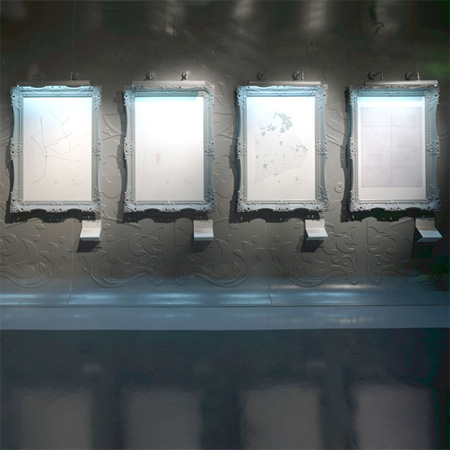
Museum of Croydon by FAT
Museum of Croydon by Fashion Architecture Taste won Best Museum/Exhibition Space at the FX Design Awards last night (Wednesday).
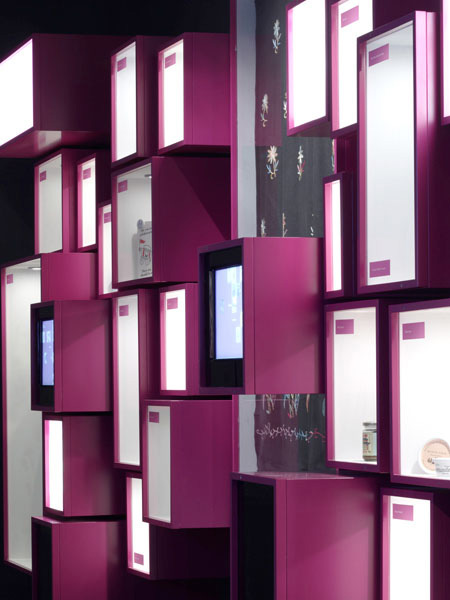
The interior project opened in September last year.
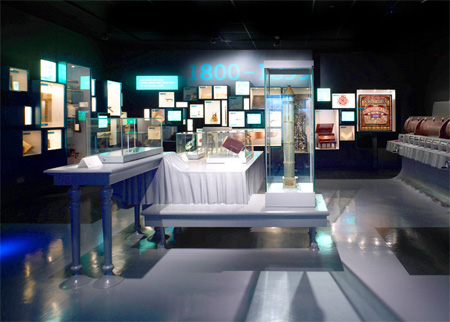
Here's some info from FAT:
--
The Museum of Croydon is a museum about the social history of Croydon. The collection is composed of everyday objects donated by the local community and their value is the stories behind them rather than their rarity. The design assumed a role of providing a mechanism to link very varied objects and provide a framework by which visitors could contextualise the object and its story within the ‘grand narrative’ of Croydons development. The design challenge was to interpret the museums collection of objects and develop an engaging storyline through their display.
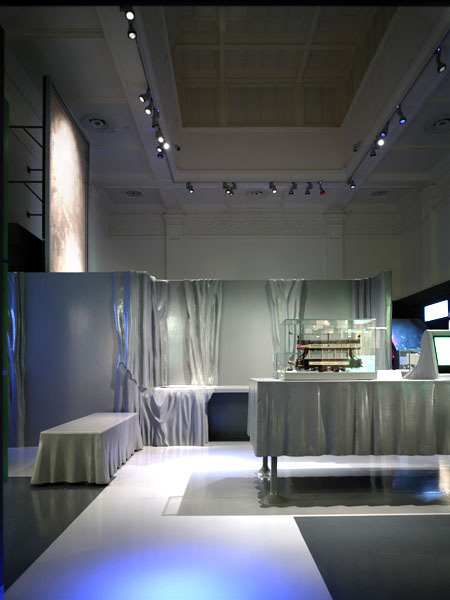
The museum is housed within the listed interior of the old Croydon courtroom. The design strategy uses a ‘timeline’ that runs through the galleries. This physically marks out a path through eras from 1800 to the present. The timeline features sculpted, furniture-like plinths that take on characteristic design features of each era. This provides context and atmosphere to the display. It means that the display is richer and more complex than traditional notions of museum display.
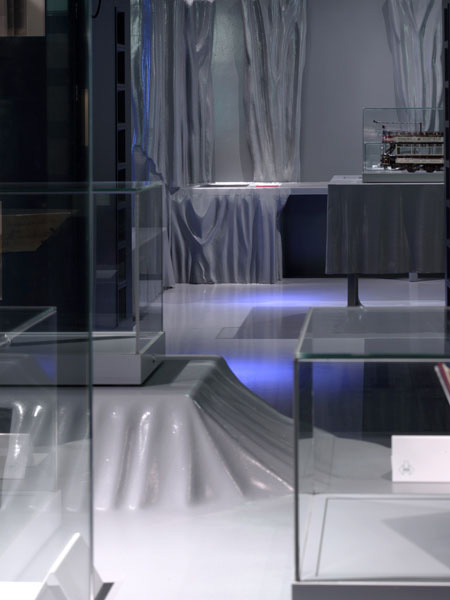
The timeline is all coated in a sprayed on urethane material which abstracts the recognisable features into something more ghostly. Its all-over treatment of material and colour suggests continuity between different historical periods while maintaining the period features. It also means that there is an important distinction between the mechanisms of display and the objects themselves allowing visitors to appreciate the difference between authentic historical artifact and synthetic setting.
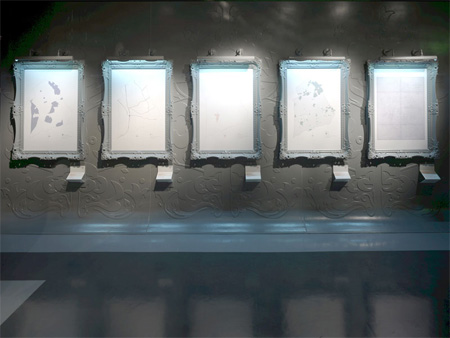
In contrast to the timeline, other objects are displayed in arrays of internally lit display cases that are stacked upon each other. These accommodate objects that vary in size and conservation requirements. The physical design is supported by touch screen ICT integrated into the design, making the stories of individual objects and the people who owned them accessible. Interactive elements allow visitors to explore ideas and concepts further.